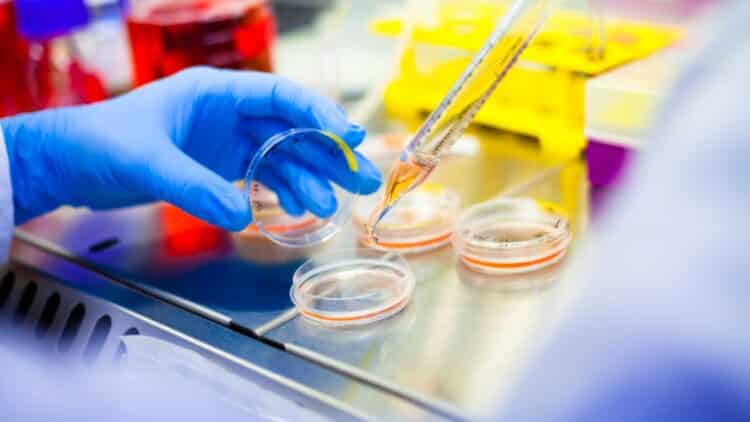If you’ve had the opportunity (or misfortune) to see the movie Mickey 17, you’ll know that 3D printers for organic matter (especially humans) are the order of the day in science fiction. What seemed like a feverish dream of the acclaimed Korean director has turned out to be a fact based largely on something real.
Incredible as it may seem, NASA is developing avatars that will help ensure that our astronauts do not perish on the surface of a planet far from Earth.
I know you’re still thinking that your teenage self, such a Twilight fan, would have loved a clone of Robert Pattinson all to herself. For now, NASA hasn’t gone that far (much to the disappointment of Edward Cullen fans). However, they have managed to create biological avatars. What are biological avatars?, you may ask.
Biological avatars, a revolution in cloning
Although it sounds strange, biological avatars are nothing more than chips made from human tissue. These chips will go into spacecraft and serve as guinea pigs.
I know what you’re thinking: you thought they were holograms, or maybe tiny video game characters. However, they are something a little more… organic. To put it bluntly, they are human cells grown in small devices called organ-on-a-chip.
Let’s be honest, the idea is a little creepy when you explain it like that. However, it has been designed as a small-scale model of organs that will react in the same way as the original. In other words, if an avatar microchip is created with the astronaut’s liver cells, it will react to radiation and exposure to the alien planet in the same way that the astronaut’s liver would react if exposed to the planet and atmosphere without their space suit.
Why organ-on-a-chips are necessary
Although we may think that being an astronaut is a wonderful job (it seems almost as cool as being a veterinarian or a professional soccer player), it is a job that causes a lot of damage to the human body. During long journeys, our astronauts are exposed to cosmic radiation and weightlessness. These are things we don’t take into account, since thanks to the atmosphere and the Earth’s mass we are protected from both while the rest of humanity lives peacefully on our planet Earth.
What are the known effects of this on an astronaut’s body? First and foremost, it leads to a weakened immune system, significant bone loss (as muscles are not used as much in zero gravity), chronic fatigue, and a considerably increased risk of cancer.
We haven’t yet managed to build hospitals on Mars (although it would be a good idea, dear Musk, if you’re reading this), NASA wants to study in advance what problems may arise and how severe they might be. Thus, avatars allow us to simulate in space what would happen to the body of a real astronaut. This way, you get the best of both worlds: feasible studies with human cells (even if they are synthetically cloned), and not exposing the lives of animals and humans as guinea pigs in vain.
When will these organ-on-a-chips be used?
These avatars, whose full name is A Virtual Astronaut Tissue Analog Response, will be used on a short trip. For the first time, they will be used on the Artemis 2 mission, which will circle the moon.
Not only will they travel alongside the crew and record how human organ tissues react to radiation and weightlessness, but each microchip kit will be tailored to a specific crew member. These microchips are the size of a USB stick and are made from cells from each astronaut.
With this, NASA aims to personalize medical kits: in the future, each crew member will be able to have a first aid kit perfectly adapted to their specific risks. This will allow them to anticipate illnesses, ensure greater safety during travel, and therefore enable NASA and other international space agencies to consider trips lasting months or years. Finally, trips to Mars will become more realistic… and not just a story taken from a work of fiction.

